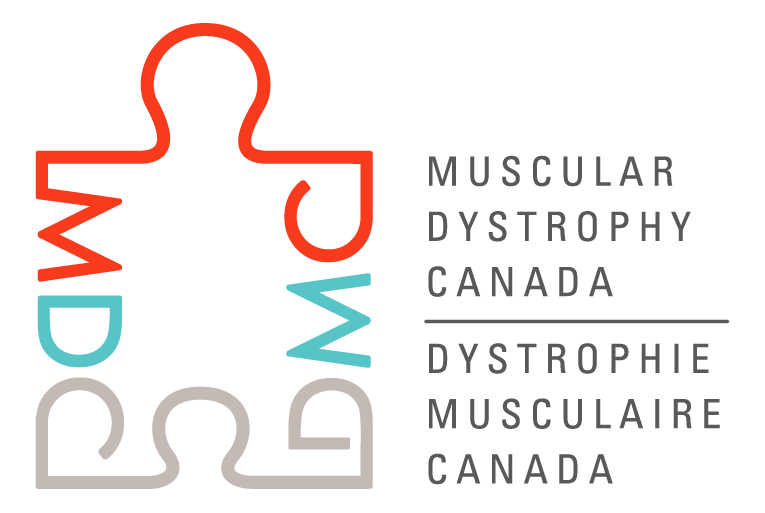How genealogies (family histories) can help us understand myotonic dystrophy type 1
2023
Lead investigator

Dr Simon Girard
Université du Québec à Chicoutimi
Chicoutimi, Quebec
Collaborators & Co-Investigators
- Cynthia Gagnon, PhD (Co-PI)
- Élise Duchesne, PT, PhD (Co-PI)
Research Sites & Affiliations
- Université du Québec à Chicoutimi, Chicoutimi, Quebec
- Université de Sherbrooke, Sherbrooke, Quebec
Budget: $99,600
Disorders: Myotonic Dystrophy
Research Areas: Understand Diagnosis and Disorder Progression
Abstract:Myotonic dystrophy type 1 (DM1) is a disorder that occurs more frequently in some regions. It is caused by the expansion of a repeated genetic sequence in the DMPK gene. However, the link between this gene and the severity of the disorder is unclear. Other genetic changes such as modifier genes have been proposed to better explain the disorder. Modifier genes affect the expression of other (main) genes. Nevertheless, few human studies confirmed the presence of such genes in patients with DM1. Here we propose to look for modifier genes in DM1 patients from the Saguenay-Lac-Saint-Jean (SLSJ). The SLSJ region has the highest incidence of DM1 worldwide, with a frequency of ~1/630, due to its strong founder effect. For this study, we will join many types of data for 200 patients with DM1 from the SLSJ. Since patients with DM1 in SLSJ mostly come from only one ancestor, we expect to see shared regions around the disorder genes. Thus, we propose to apply statistical methods to identify new modifier genes linked to DM1 in these patients. This could be the first step in beginning therapies or treatments for patients with DM1. Additionally, finding modifier genes associated with earlier DM1 onset could lead to early preventive therapies. These new findings will have an impact on DM1 research, but also for many other rare neuromuscular disorders.
Impact:
